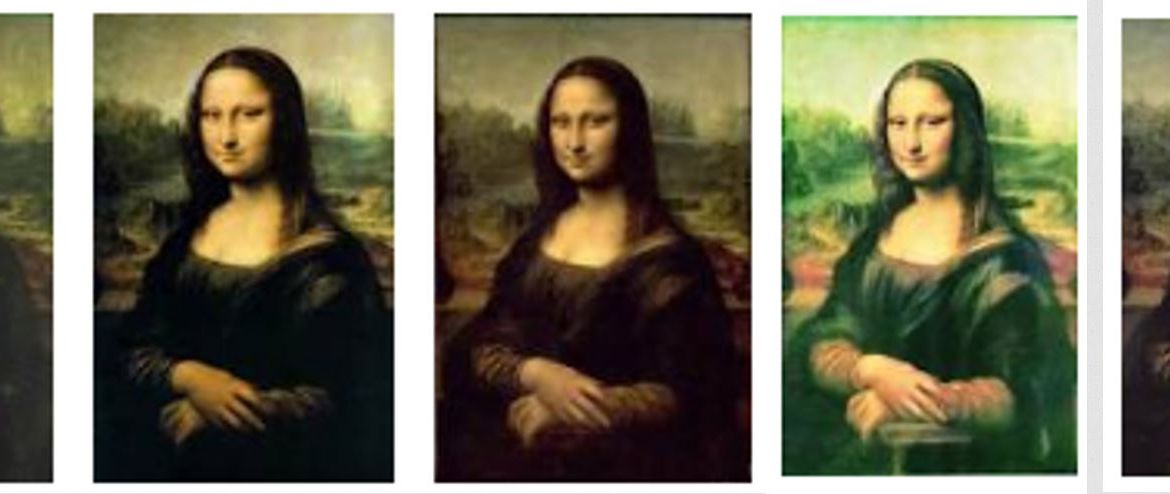
There are many ways to obtain digital images to add to collections. It is possible to photograph documents or to use scanners specialized in cultural heritage. Regardless of the method that is used, the most important evaluation criteria would be image quality.
We can use different guidelines to help us make the best choice in terms of image quality. More and more institutions are looking for equipment that is able to achieve the highest quality based on these different guidelines.
The best-known digitization guidelines today are the Federal Agency Digitization Guidelines Initiative (FADGI) created by the Library of Congress and the National Archives and Records Administration (LOC and NARA) from the United States and METAMORFOZE, a national program for the preservation of library material, from the National Library and the National Archives of the Netherlands.
The general objective is to define quality criteria for digitization projects to ensure consistent and sufficient quality. There are several criteria for defining these standards, with each of the guidelines having a different rating scale. For FADGI, the system consists of “stars”: 1 to 4 stars while the criteria for METAMORFOZE is described in three levels (Metamorfoze, Metamorfoze light, Metamorfoze extra light). In April 2017, the new ISO 19264 standard was published. This new standard is a guide to users and ensures control and monitoring of the quality of the images produced. It aims to evaluate and measure each of the criteria that characterizes the quality of an image.
Since 2012, several experts have worked to develop this new standard. Among those who have worked on the Metamorfoze and FADGI directives include scanner manufacturers, target makers and national libraries. The expert from France worked at i2S since many years.
The challenge facing workers in cultural heritage digitization is to control the quality of images linked to this new ISO standard based on the type of material.
Why control the quality of scanned images?
The first step is to compare and select an appropriate scanner which will ensure quality control during production according to objective criteria. Just trusting one’s eyesight for quality would be a mistake so instead we can rely on the settings and parameters based on our criteria to meet our expectations.

If we look at the different representations of this painting, which one is correct?
Each representation above is perceived differently depending on the scanned settings that were used, so we cannot say which of these representations is the best in terms of quality. For example, if we select the 4th image from the left, you can see that it has a greenish color, so at first sight it would be automatically excluded. However, if we take a closer look, it is the only one of these representations that reveals details on the lower right as the arm is placed on a rail which features are lost on the other images.
What methods can you put in place for quality control?
You can first use a target, scan it and compare the result. Then it is important to define the criteria for best results and accepted tolerance.
What are the important criteria to consider?
- The sharpness of the image
- Respect of signal levels
- Colorimetry
- The noise in the picture
- Lighting uniformity
- Optical distortions
Then you can use several targets to define your criteria and then apply a method namely:
- Universal test targets: UTT (Universal Test Target) or DICE
- Individual targets: (ColorChecker / Slanted Edge Target)
This method must be reproducible which allows you to track your scanned images over time but also to compare the results according to your scanners.
Downoad the brochure of our products and discover our solutions compliant with the New ISO 19264.
